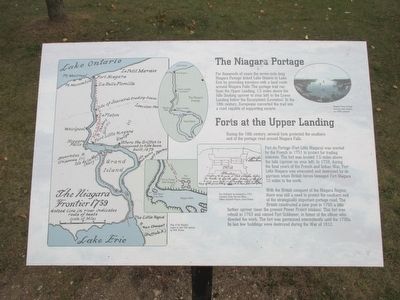Welcome to New Iberia, a charming city with a rich tapestry of history that dates back to 1779. As you explore this area, you’ll discover its fascinating origins and how it has evolved over the centuries. Let’s take a journey through time and uncover the stories that have shaped New Iberia.
Our story begins in 1779 when a group of Malagueño colonists from Málaga, Spain, settled along the banks of the Bayou Teche. They were led by Lieutenant Colonel Francisco Bouligny, who was tasked with establishing a settlement in this lush and fertile region. The colonists named their new home ‘Nueva Iberia,’ honoring the Iberian Peninsula back in Spain. The area’s fertile land and strategic location along the bayou made it an ideal spot for agriculture and trade.
As the settlement grew, so did its cultural diversity. In the early 19th century, the arrival of Acadian exiles, known as Cajuns, added a unique cultural flavor to the region. These resilient people, originally from French-speaking areas of Canada, brought with them their rich traditions, cuisine, and a vibrant French dialect that still echoes through the streets of New Iberia today.
One of the most significant events in New Iberia’s history was the arrival of sugarcane cultivation in the late 1800s. The fertile soil and warm climate proved perfect for sugarcane farming, leading to economic prosperity and attracting settlers from various backgrounds. This agricultural boom transformed New Iberia into a bustling hub of commerce and industry, with sugar mills and refineries dotting the landscape.
Throughout its history, New Iberia has been home to many notable figures who have left their mark on the city and beyond. One such figure is George Rodrigue, the famed artist known for his iconic ‘Blue Dog’ series. Rodrigue was born and raised in New Iberia, and his artwork continues to bring international recognition to the region.
Another influential figure was James Lee Burke, a prolific author whose detective novels often feature New Iberia as a backdrop. His vivid descriptions and compelling narratives have brought the city’s unique charm to readers worldwide.
Today, New Iberia is a vibrant community that embraces its diverse heritage. The annual Louisiana Sugar Cane Festival celebrates the area’s agricultural roots, while the Shadows-on-the-Teche plantation offers a glimpse into the antebellum South. This historic home, once a sugar plantation, is now a museum that preserves the history and culture of the region.
As you continue your journey through New Iberia, take a moment to appreciate the city’s enduring legacy. From its humble beginnings as a Spanish settlement to its role as a cultural melting pot, New Iberia’s story is one of resilience, diversity, and growth. Whether you’re strolling down Main Street or enjoying a bowl of gumbo, you’ll find that the spirit of New Iberia is alive and thriving, inviting you to be part of its ongoing story.


